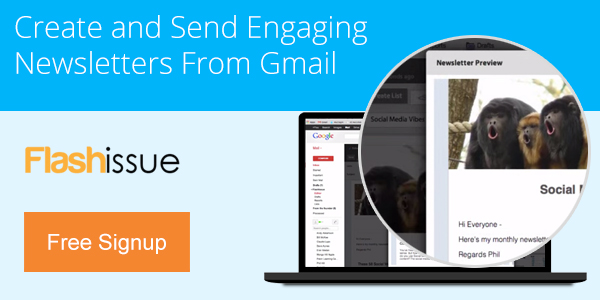Marketing Hacks
4 Tips To Create A Small Business Digital Marketing Budget
Mar 13, 2015
Creating a small business digital marketing budget does not have to daunting. Now more than ever, marketing online has become incredibly important for spreading brand awareness.
Many marketers are planning on increasing their digital marketing spend by at least 17 percent. As a small business, you might not have the biggest digital marketing budget, but these tips should help you balance it for better results.
Have a Goal
Before you divvy up your total budget, you need to establish what exactly you plan to accomplish this year. As simple as it might sound, it is an incredibly important step. It will help you determine the proper tactics you need to implement and where you will spend a majority of your budget.
Identify Your Marketing Channels
There are numerous options available to you, but you don’t necessarily need to spend equal amounts for each one. Once you’ve set your goals, it should be much easier to figure out where you want to spend the bulk of your time and money. Remember though that digital marketing will not produce instantaneous results so you might need to wait several months to notice any changes. Some popular channels include:
-
- Social Media – Social media is one of the best ways to build up your community and interact with consumers on a personal basis. Trying to build your audience organically can take a lot of time but nearly all social media sites offer some form of paid social ads. These ads allow you to find your exact audience, which in turn means you will have a higher ROI.
- Content Marketing – This has become a major buzzword in the past few years and for good reason. 7 out of 10 consumers prefer to learn more about a company through articles versus ads. Although content marketing might take a lot of time and effort to produce, it ultimately generates interest and makes it much easier for you to utilize other digital marketing channels effectively.
- Email Marketing – Email marketing isn’t dead. In fact, it’s stronger than ever. After all, 91 percent of consumers still use their emails on a daily basis. This doesn’t mean you can send a generic email and expect to see sales skyrocket. You’re competing not only with other brands for attention but friends and family as well. Your subject lines need to capture people’s attention and the content of your email should be tailored to the recipient. Today, marketing is all about personalization. They better you can cater to the individual, the better your chances of increasing sales. Whether you want to send a video via email or design and send a newsletter from directly inside Gmail your small business digital marketing budget should find a place for email marketing.
- SEO – This strategy is one of the best ways to increase brand awareness and visibility in search engines. It is also a very long term strategy and is something you should constantly keep in mind every time you post an article.
Track Your Progress
It shouldn’t be too difficult to see what marketing channels are hitting the goals that you have set if you keep an eye on your key performance indicators. Google analytics and other similar tools can show you exactly where your referrals are coming from, search terms and more. This can show you where you should reallocate your spending to get the best return. If you track your metrics on a regular basis, you should even be able to see how you can improve upon your campaigns for even better results.
Solidify Your Digital Marketing Budget
Setting up a budget for your digital marketing strategy might seem daunting, especially when you’re figuring out the amount you need, but it will actually save you money at the end of the day. Once you have you know your goals and what channels you plan on using, you can easily allocate the exact amount you need to make each option a success.
Guest post: Ivan Serrano
Related articles
Continue reading



